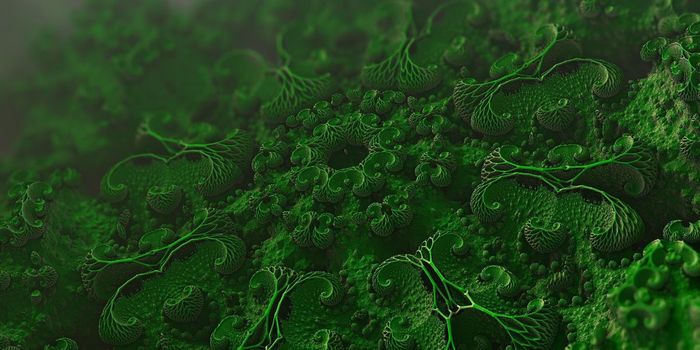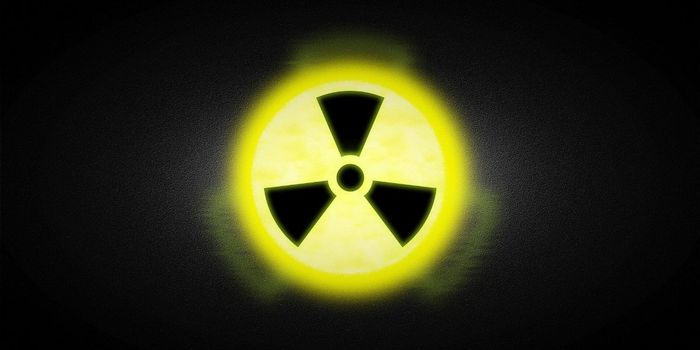Most people are aware of the risks of smoking. Lung cancer, respiratory problems, emphysema and cardiac issues are just some of the negative effects of smoking. The dangers are not confined to those who indulge in cigarettes however. The impact on those who spend time passively inhaling cigarette smoke is well documented. Non-smokers can suffer from many of the same issues, even if they have never picked up the habit themselves. Children who live in homes with smokers have increased ear infections, higher rates of asthma and more allergies than those who live in non-smoking homes. The danger doesn't stop with smokers and those exposed to the smoke however. There is another complication. It's referred to as "Thirdhand smoke" and it's actually not smoke at all, but rather the residue left behind from cigarette smoke.
As anyone who has moved into a home formerly occupied by smokers can attest, tobacco stains left on walls, paint and floors are evident. What most people don't realize however is the chemicals in cigarette smoke combine with dust, drywall and carpet fibers and form new compounds. One of these compounds, a tobacco-specific nitrosamine known as NNA, damages DNA and could potentially cause cancer, according to the American Chemical Society. Dangerous compounds are also formed when smoke settles into the skin and hair of smokers, who then interact with non-smoking family and friends. While it may seem like a stretch, a cigarette that has been extinguished can still be a cancer risk.








